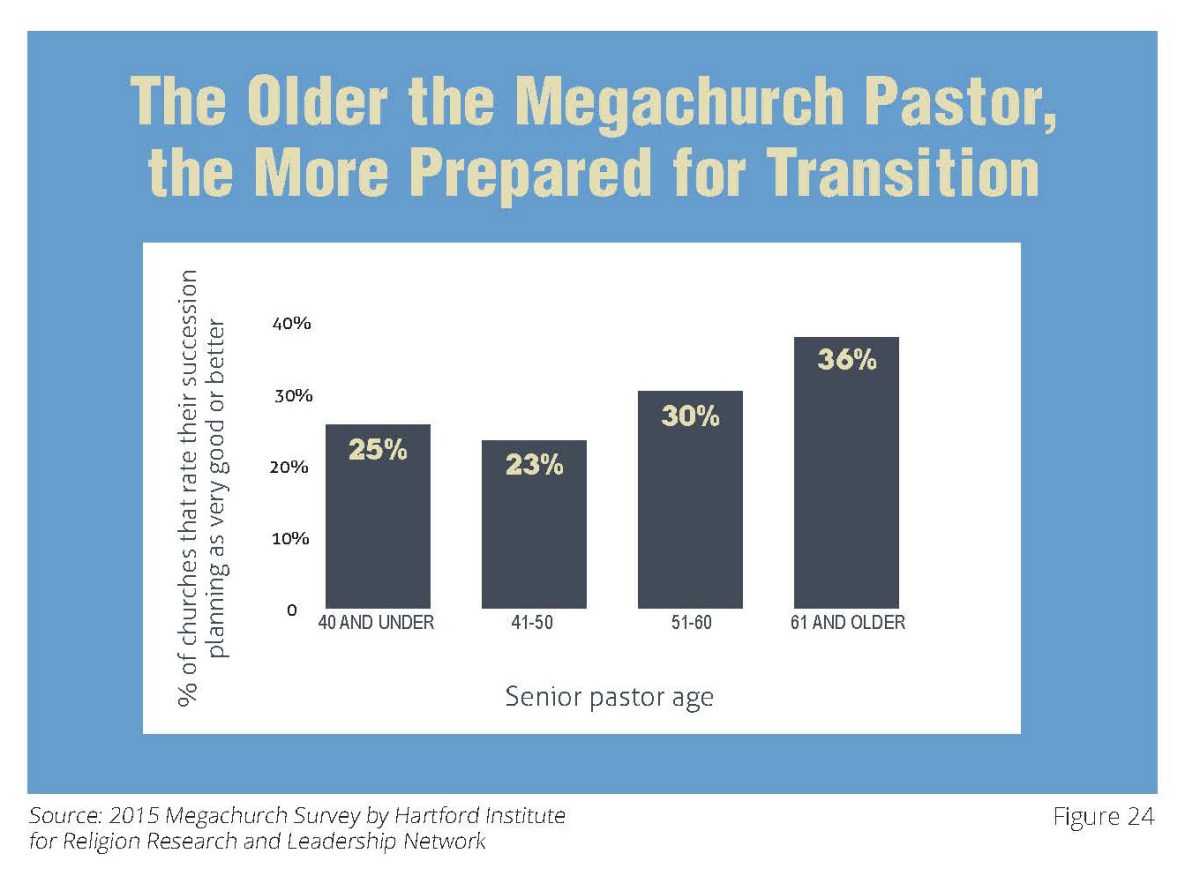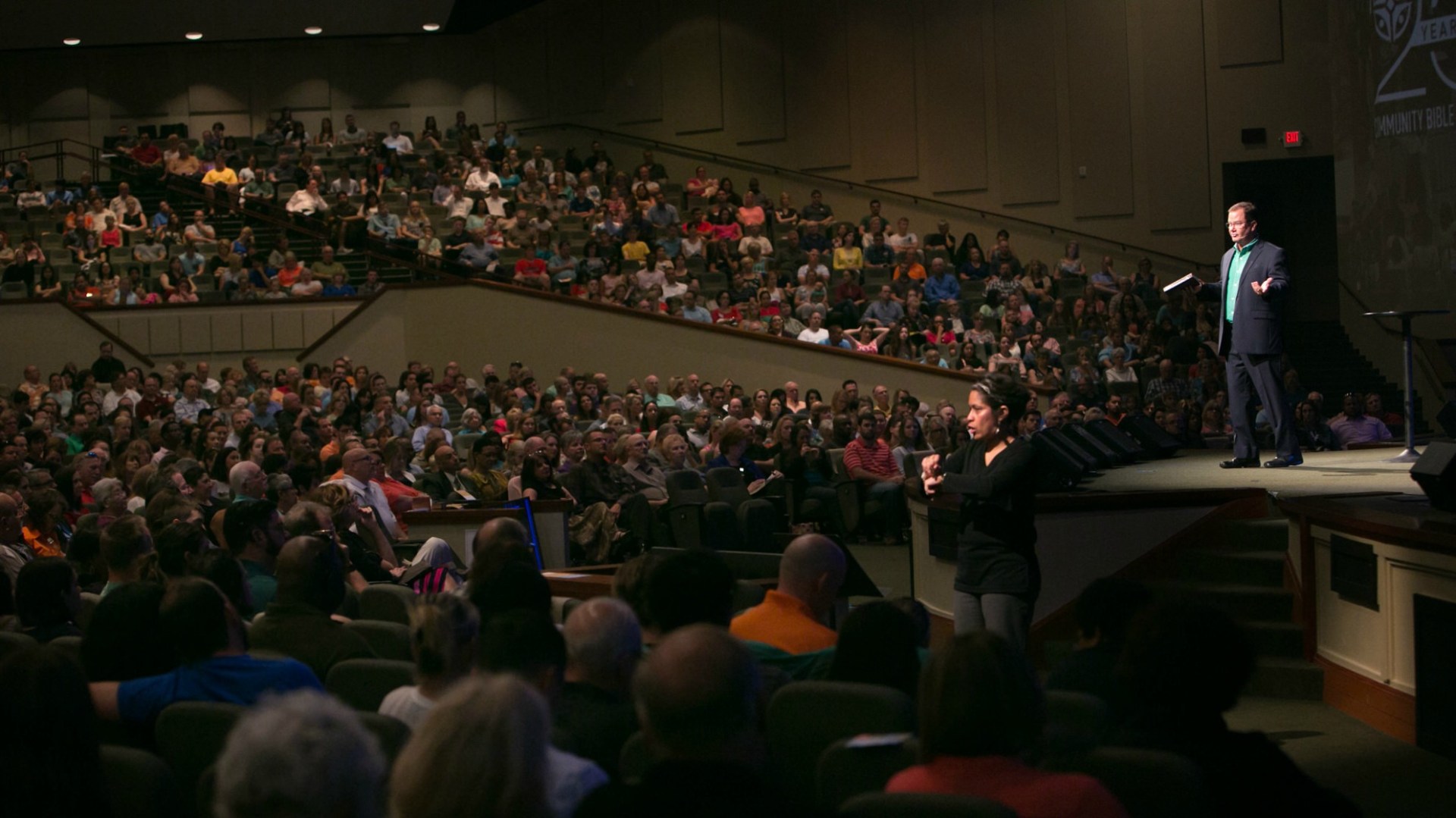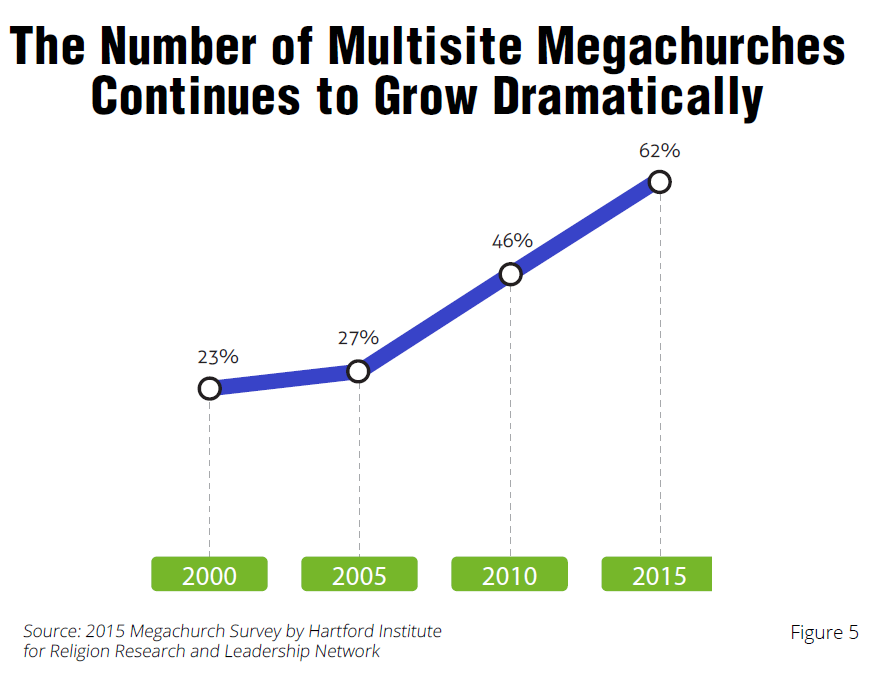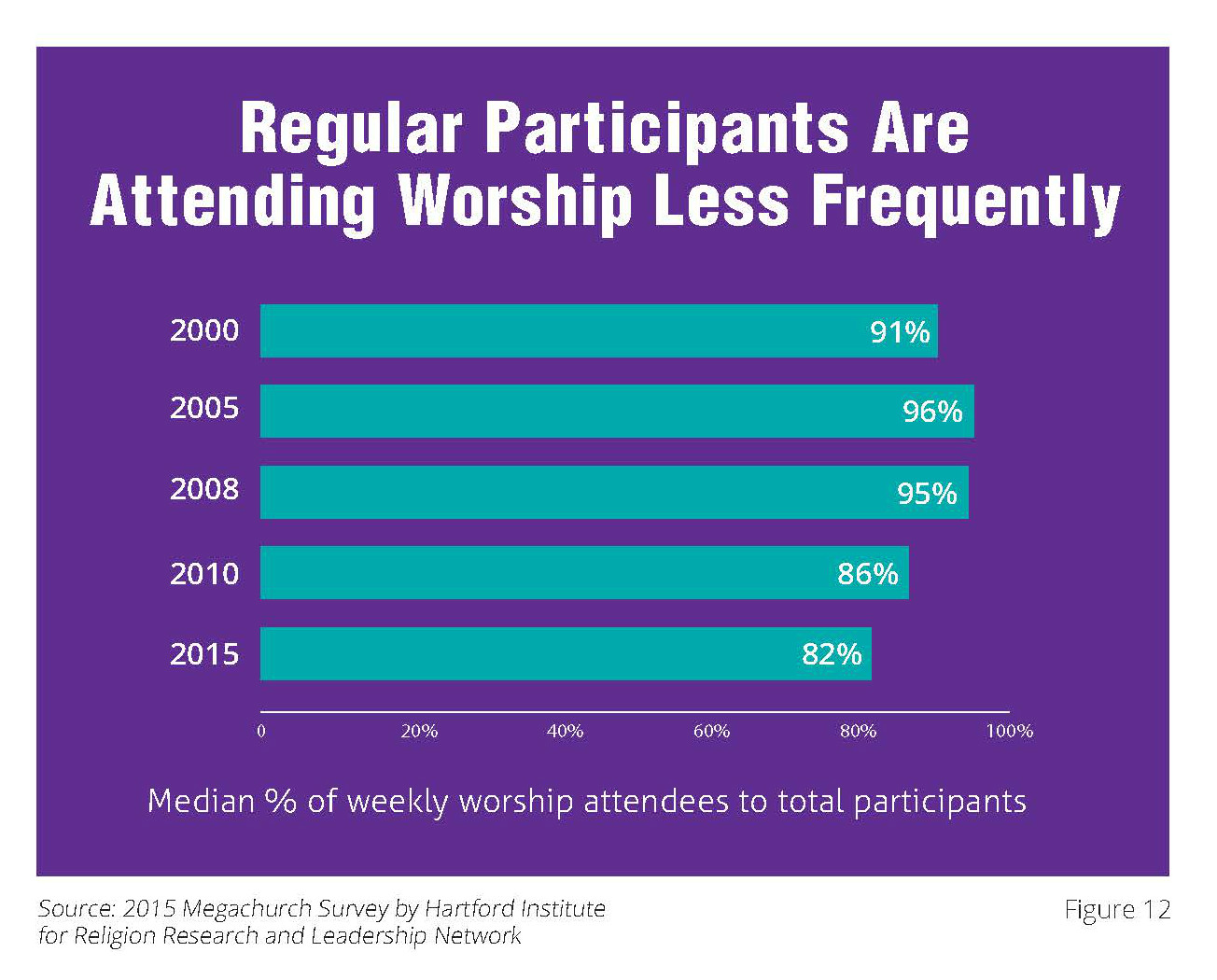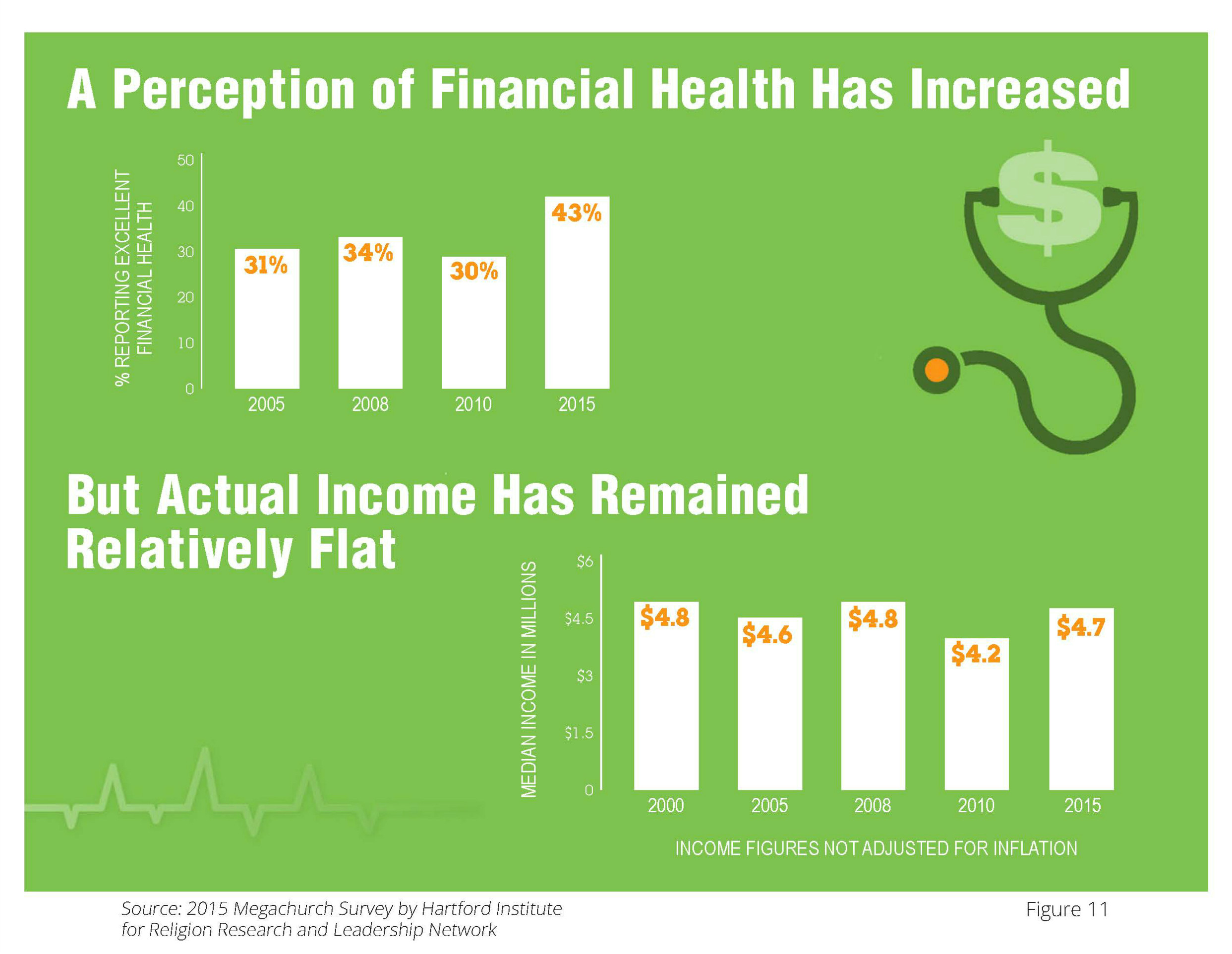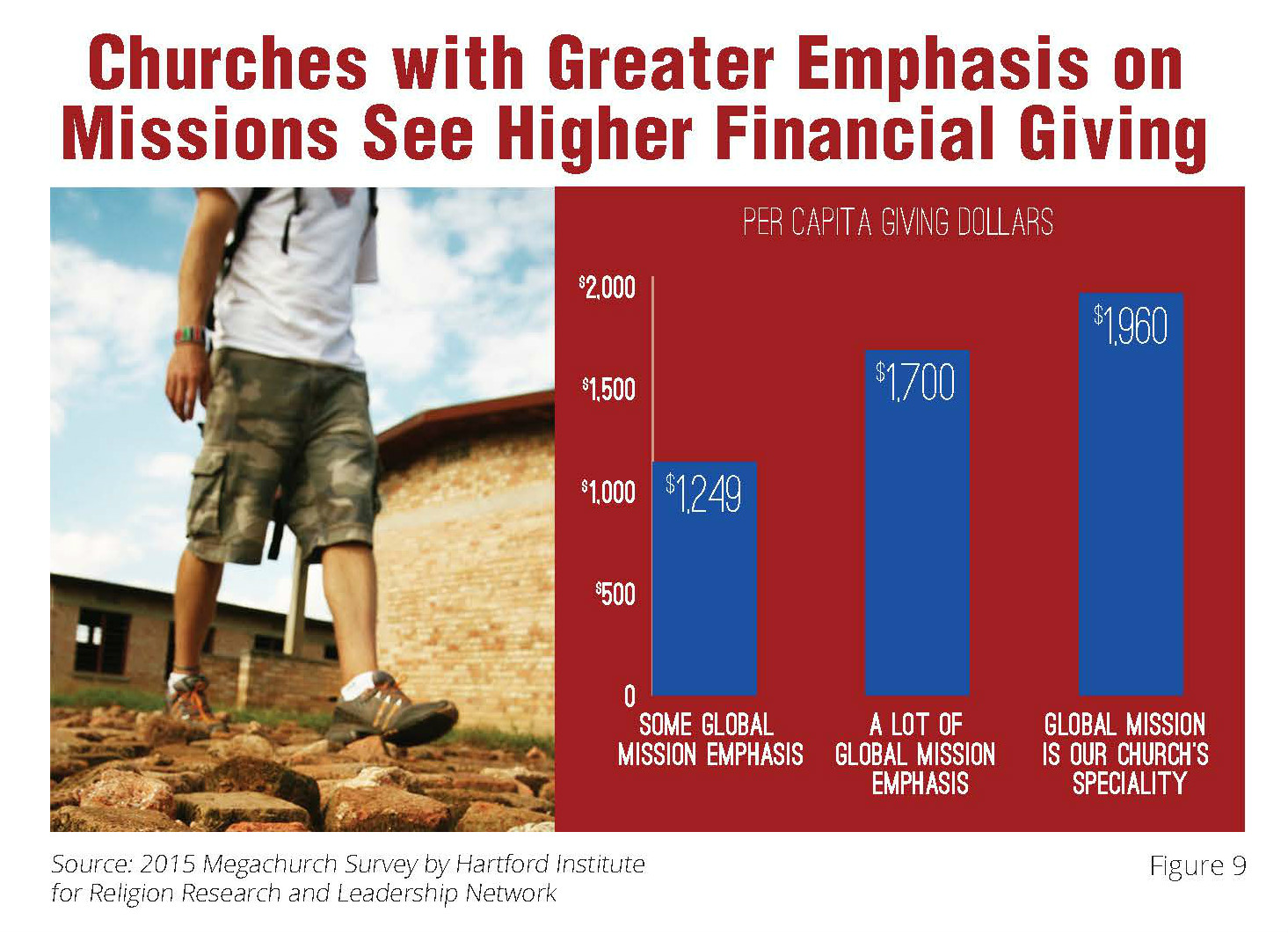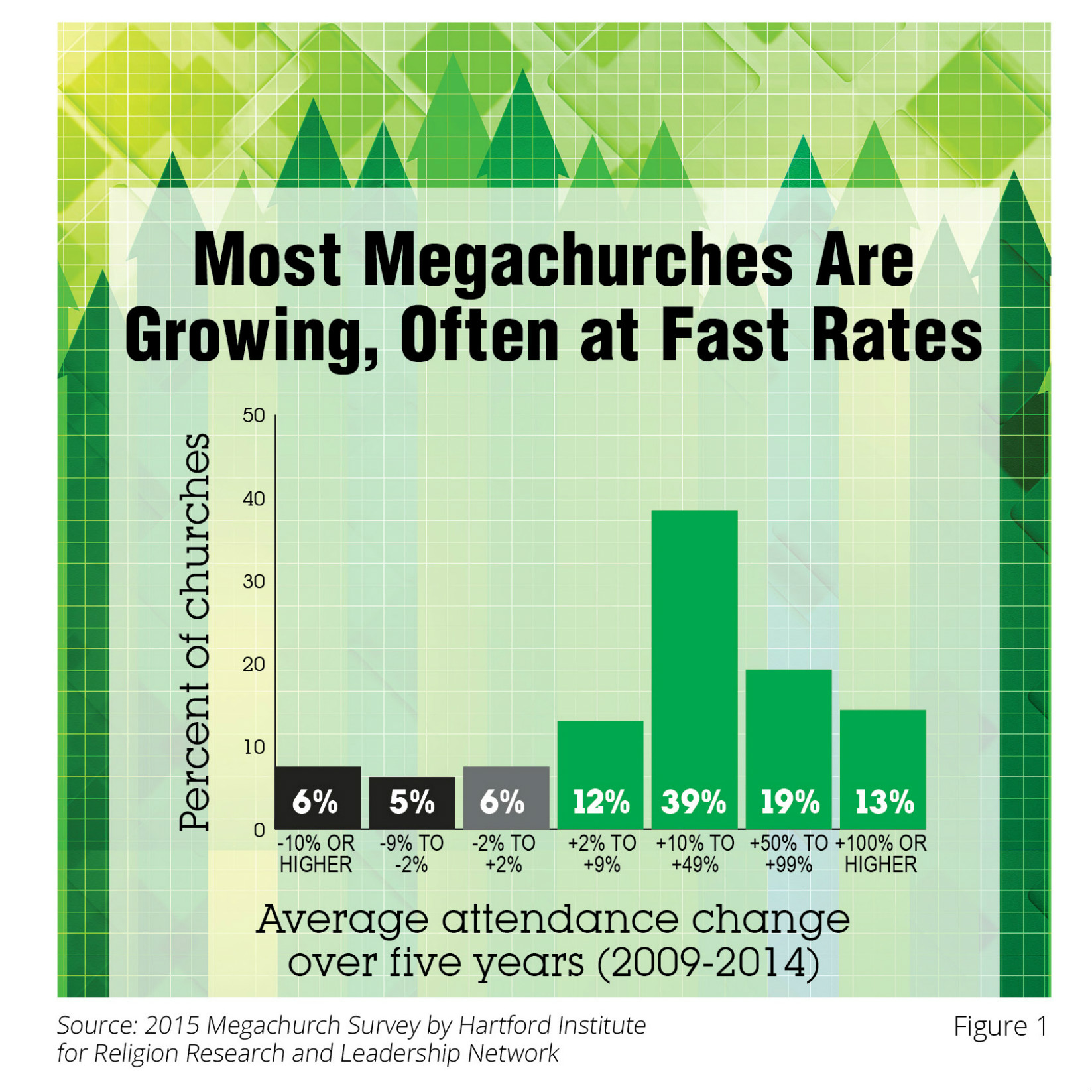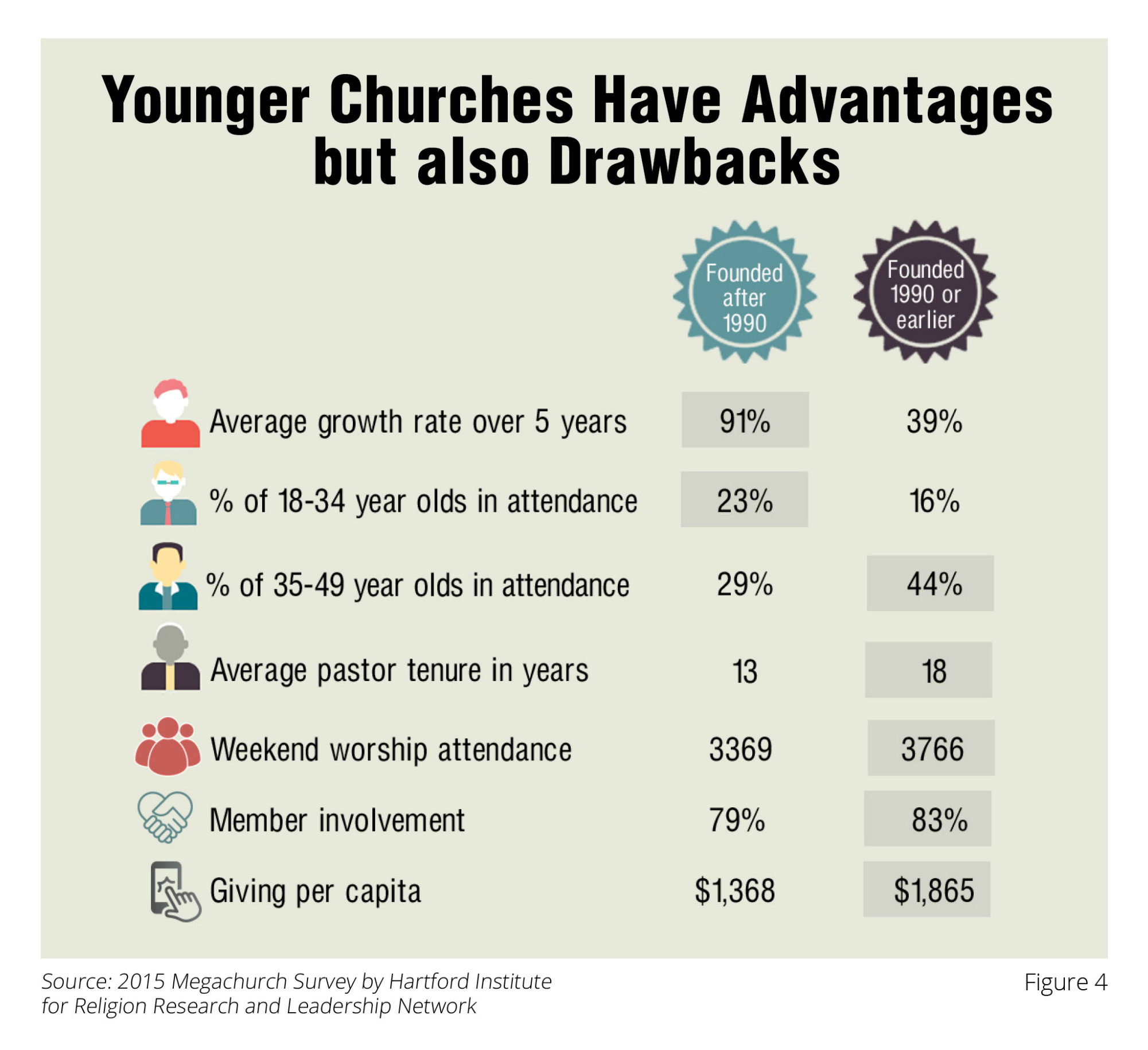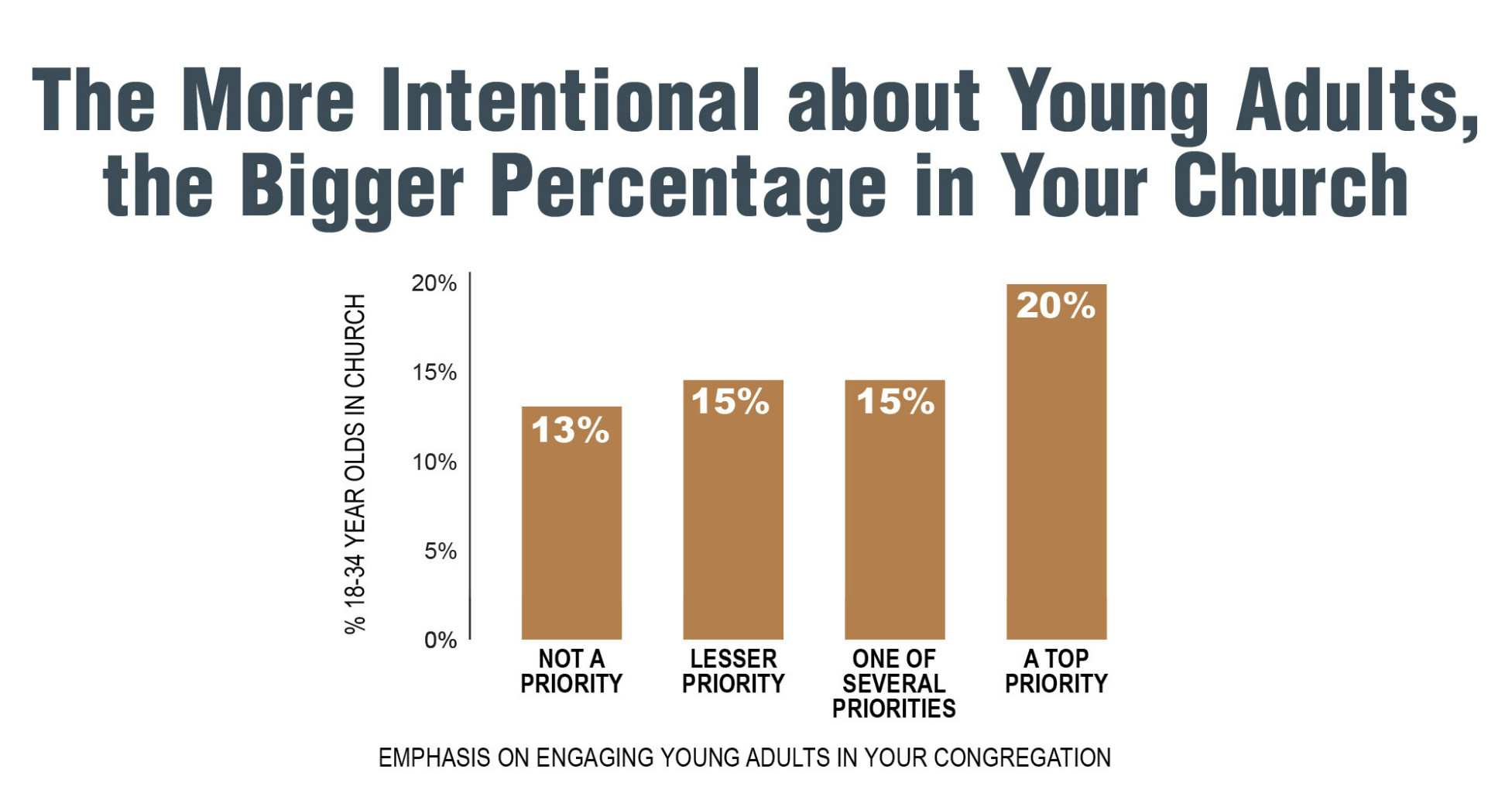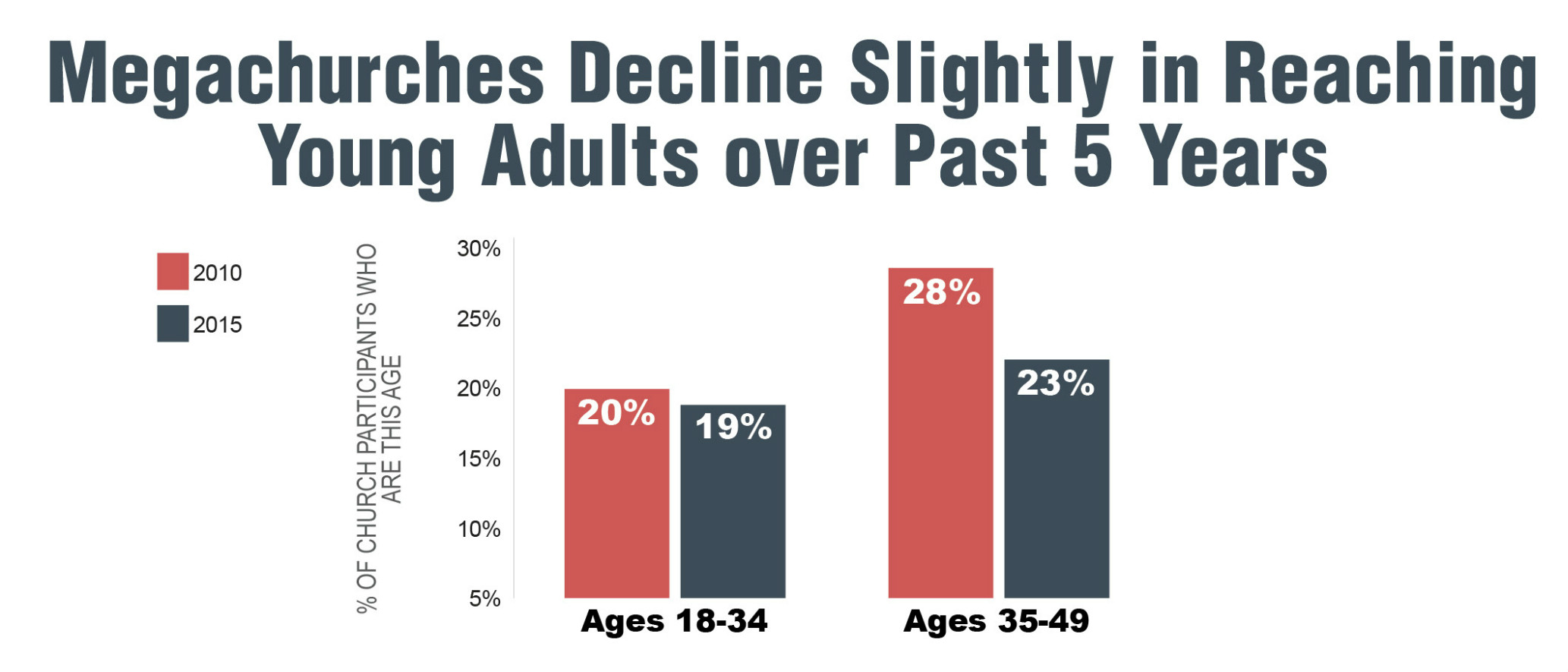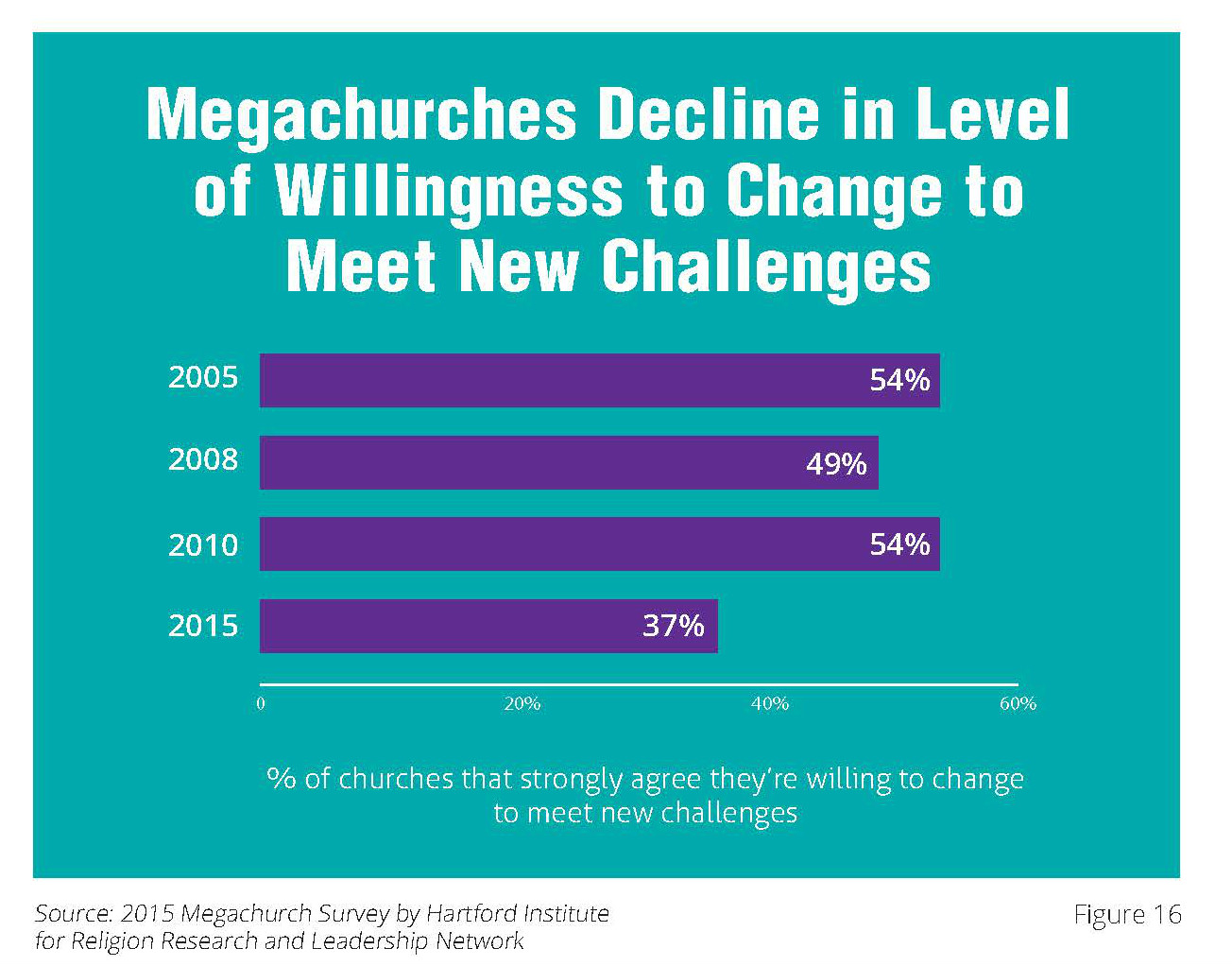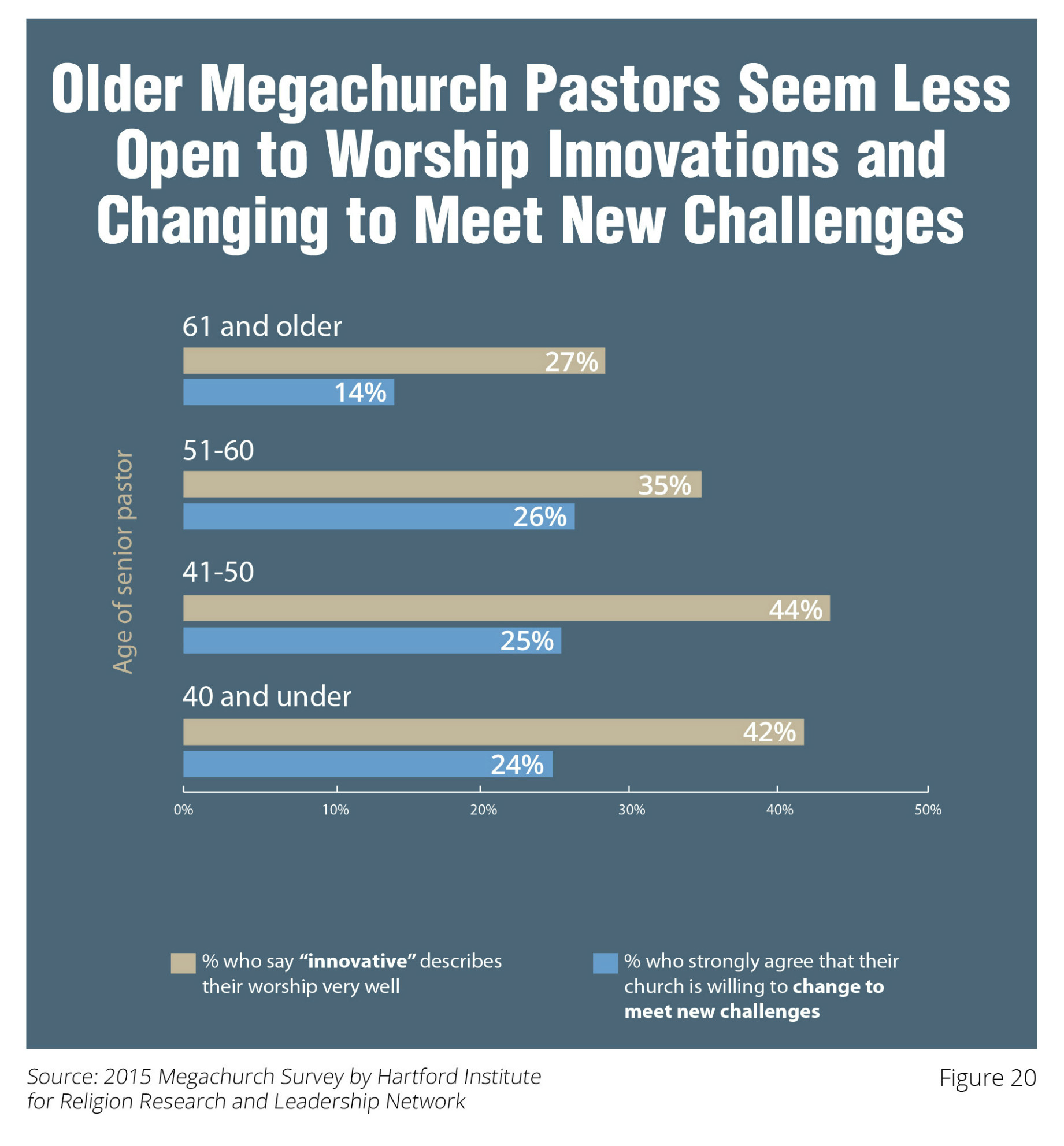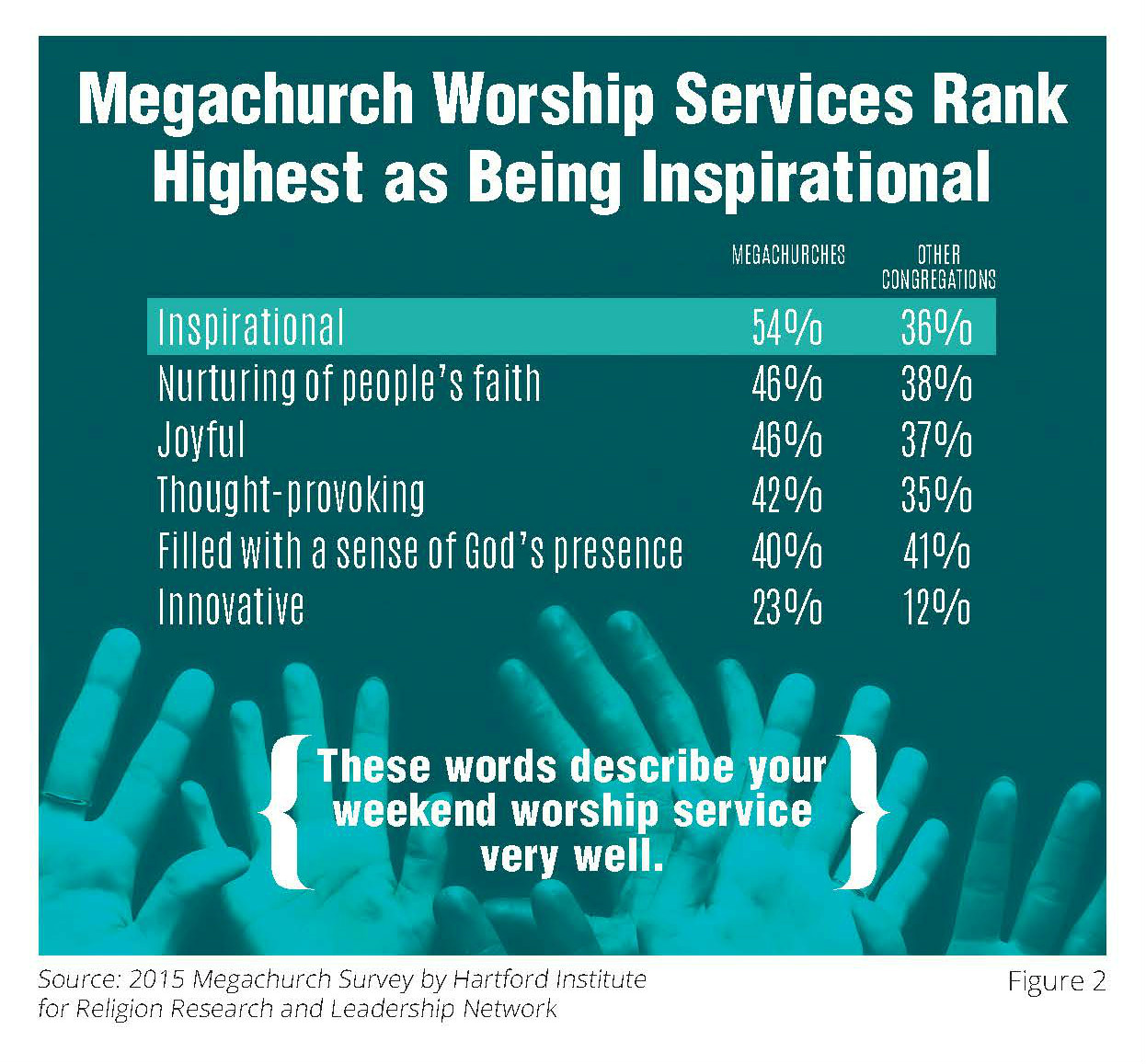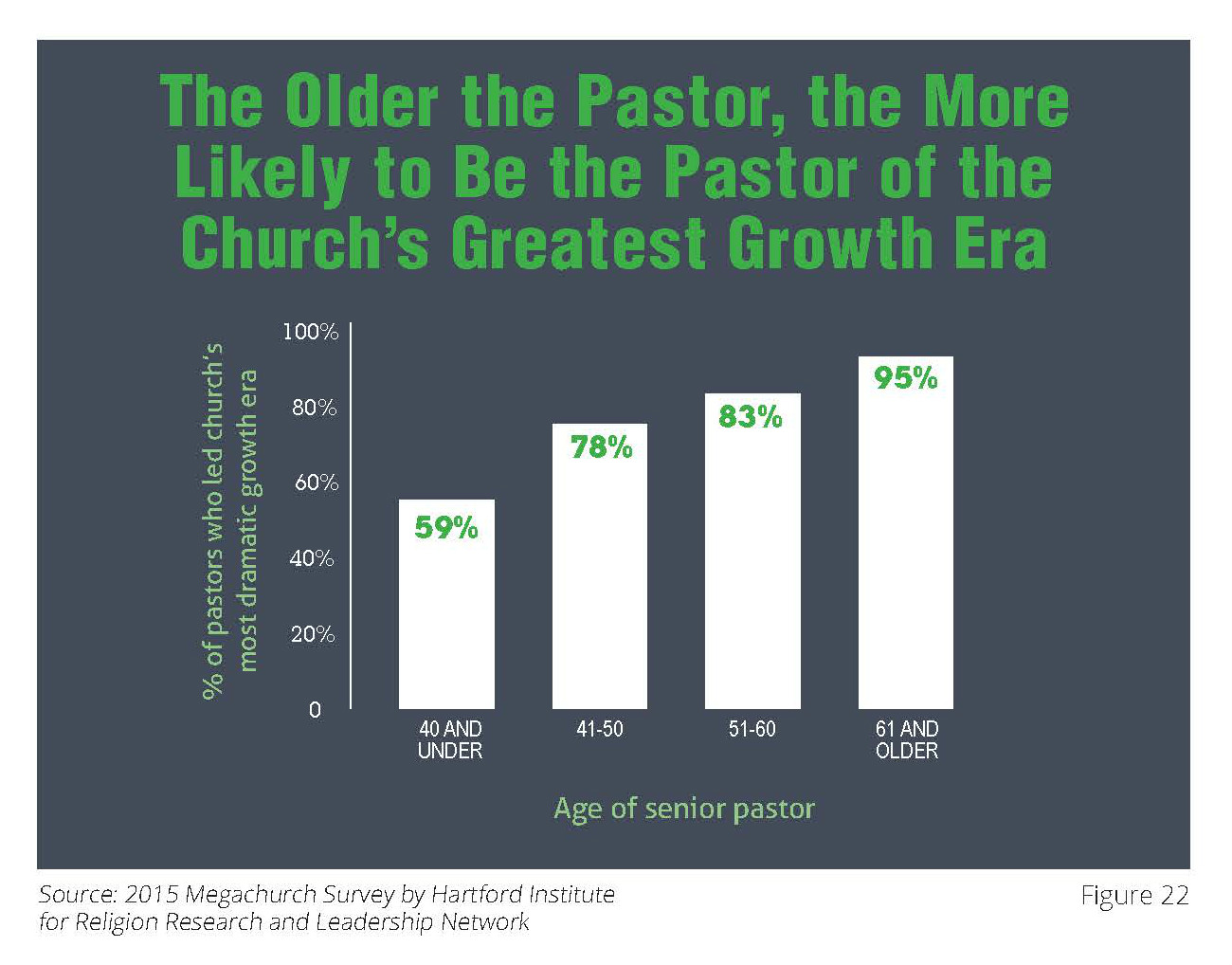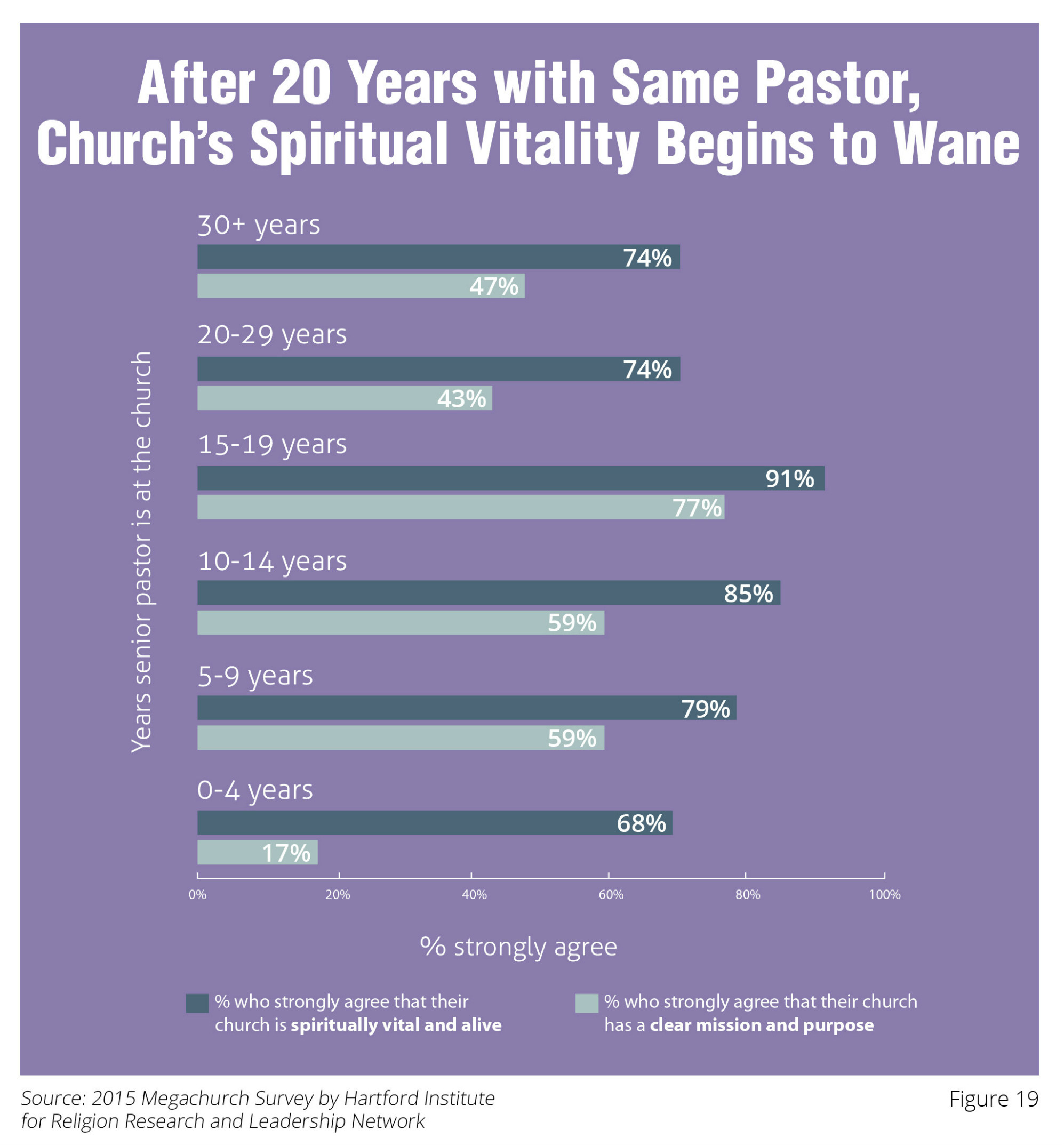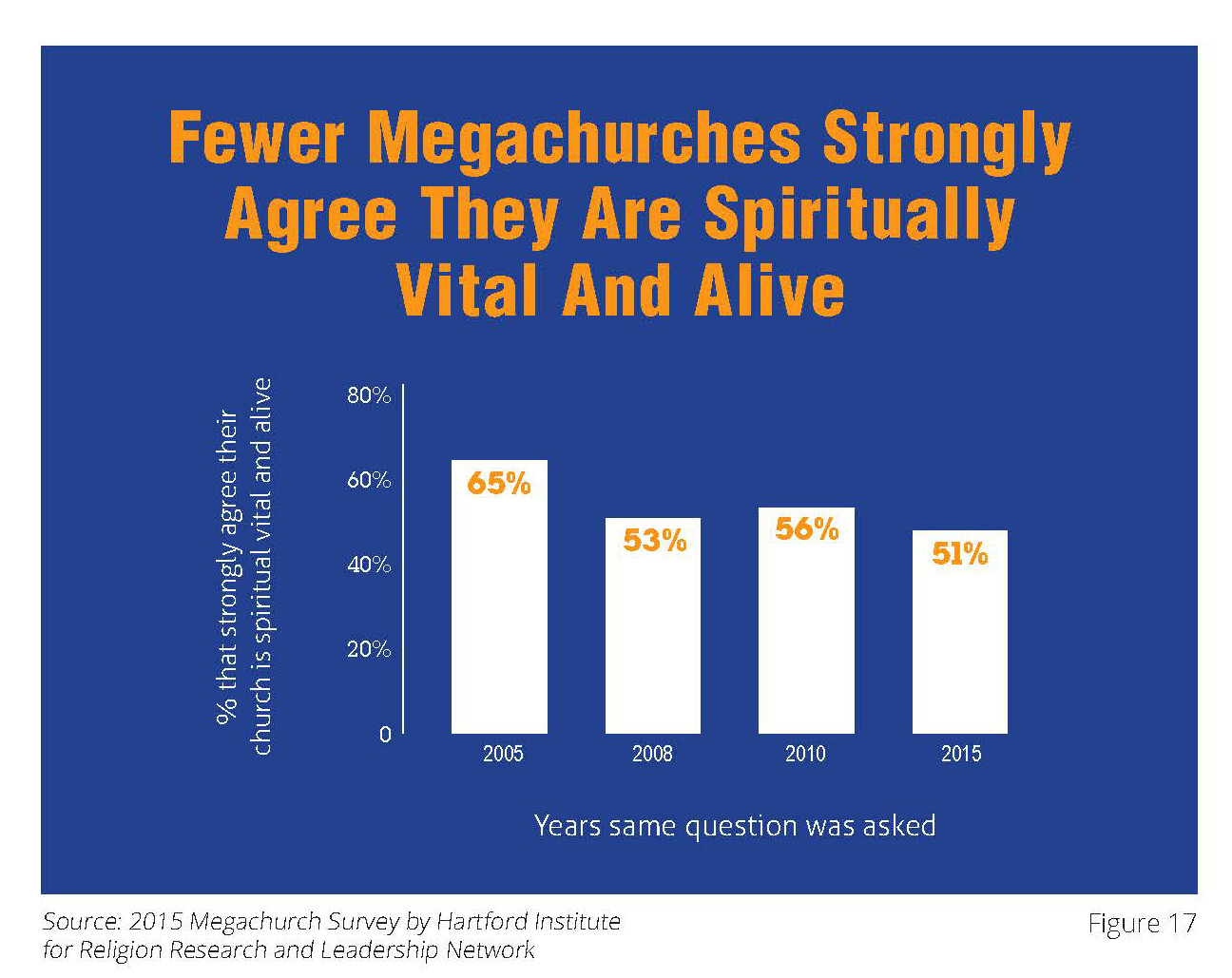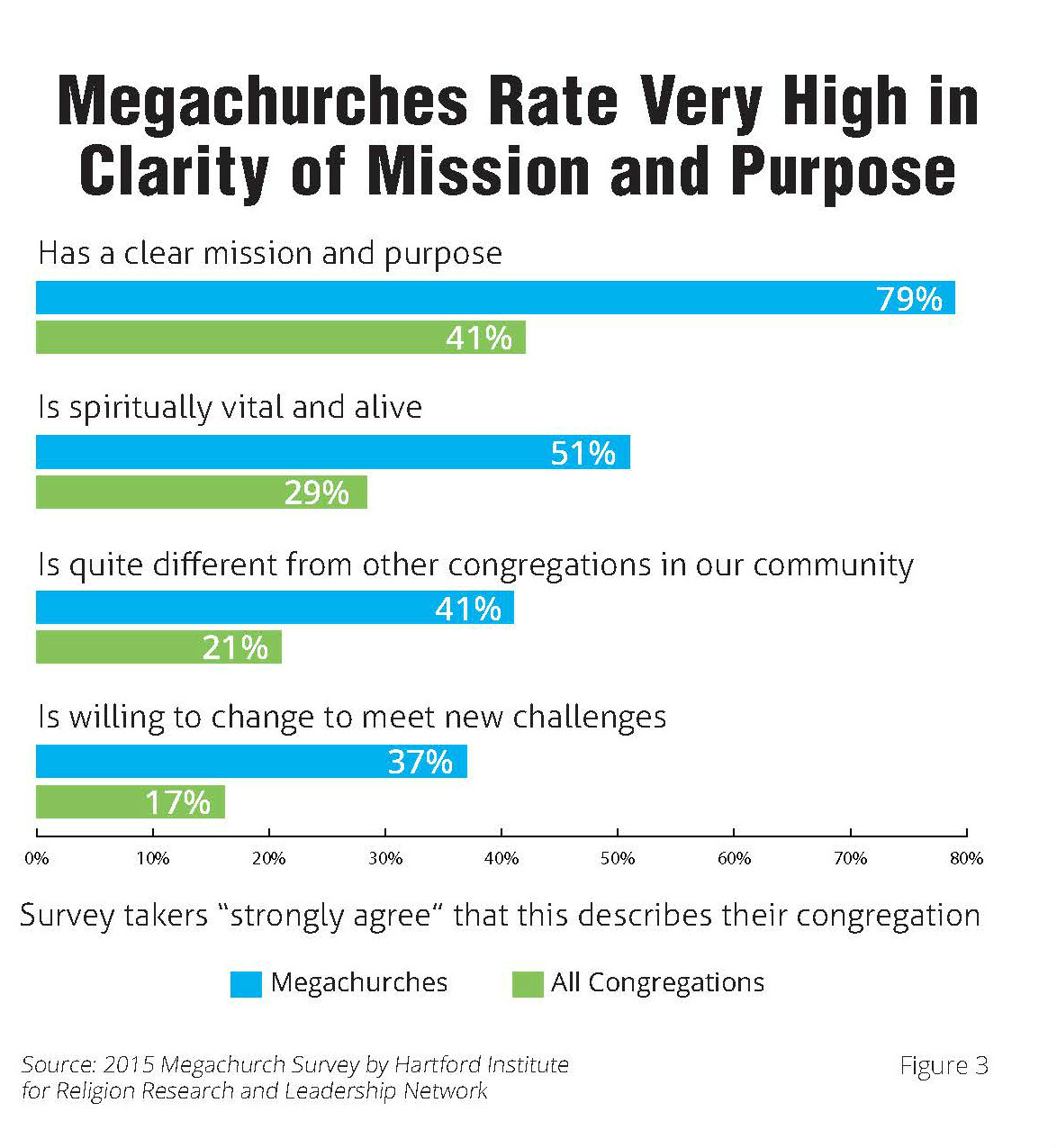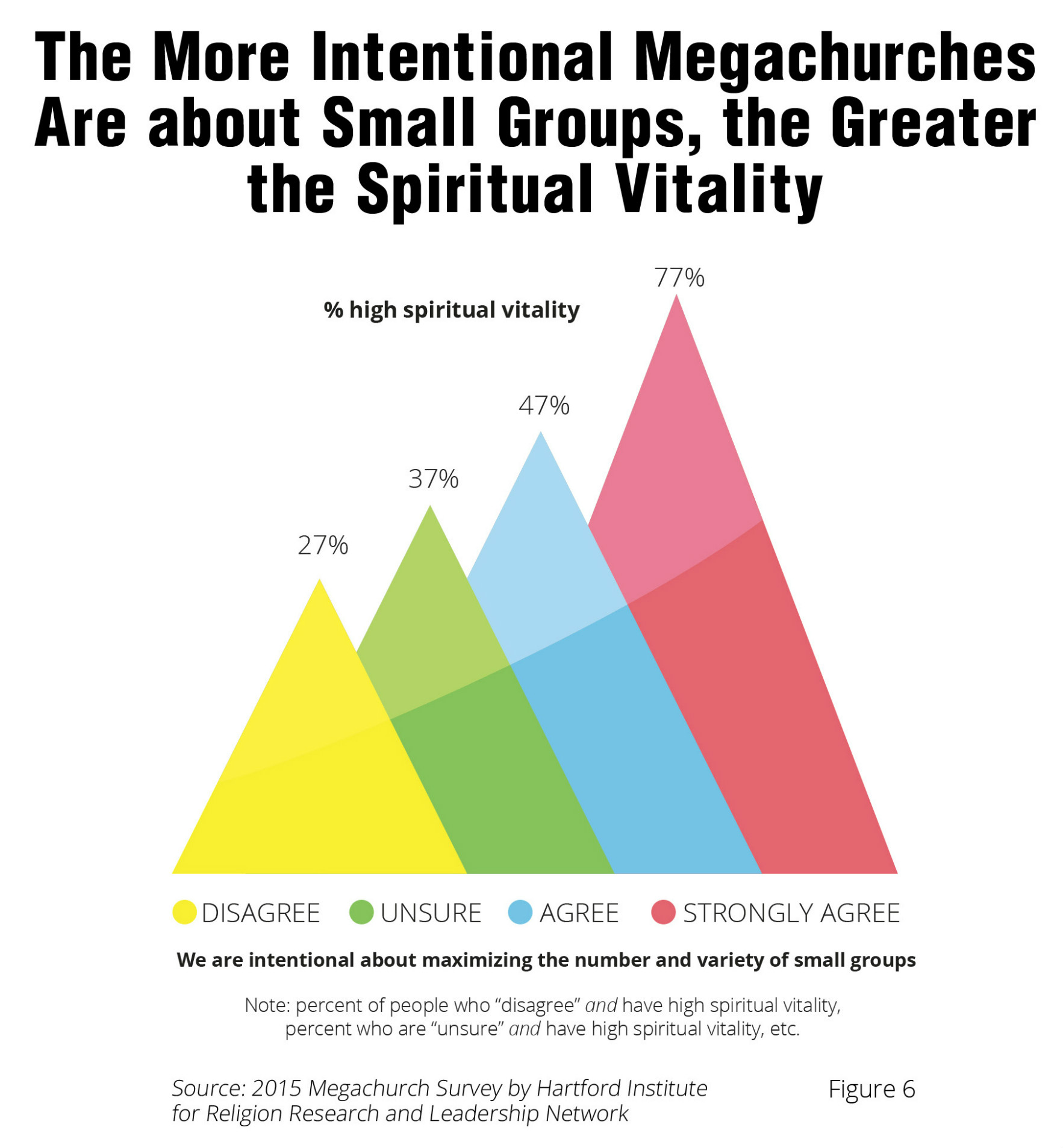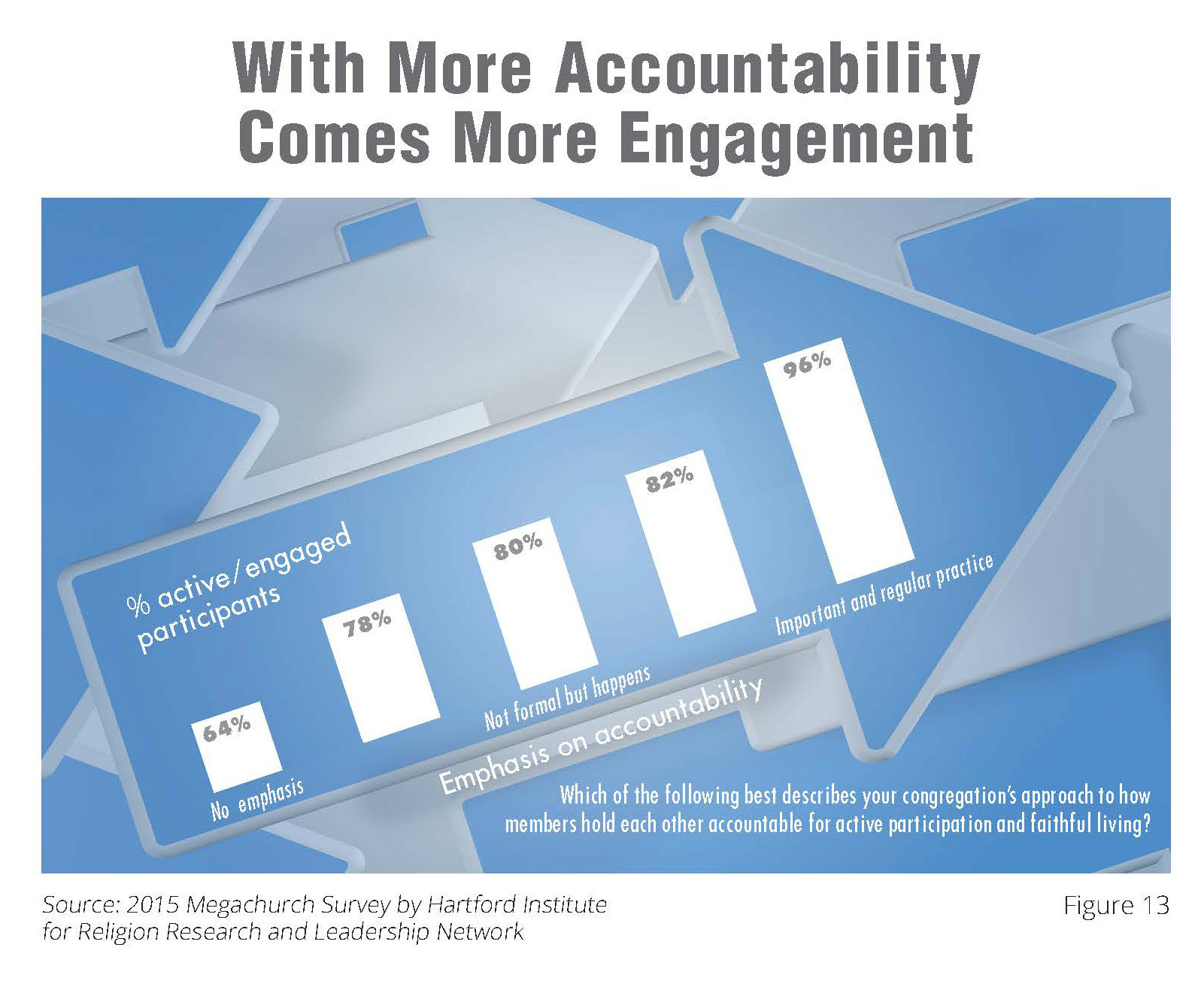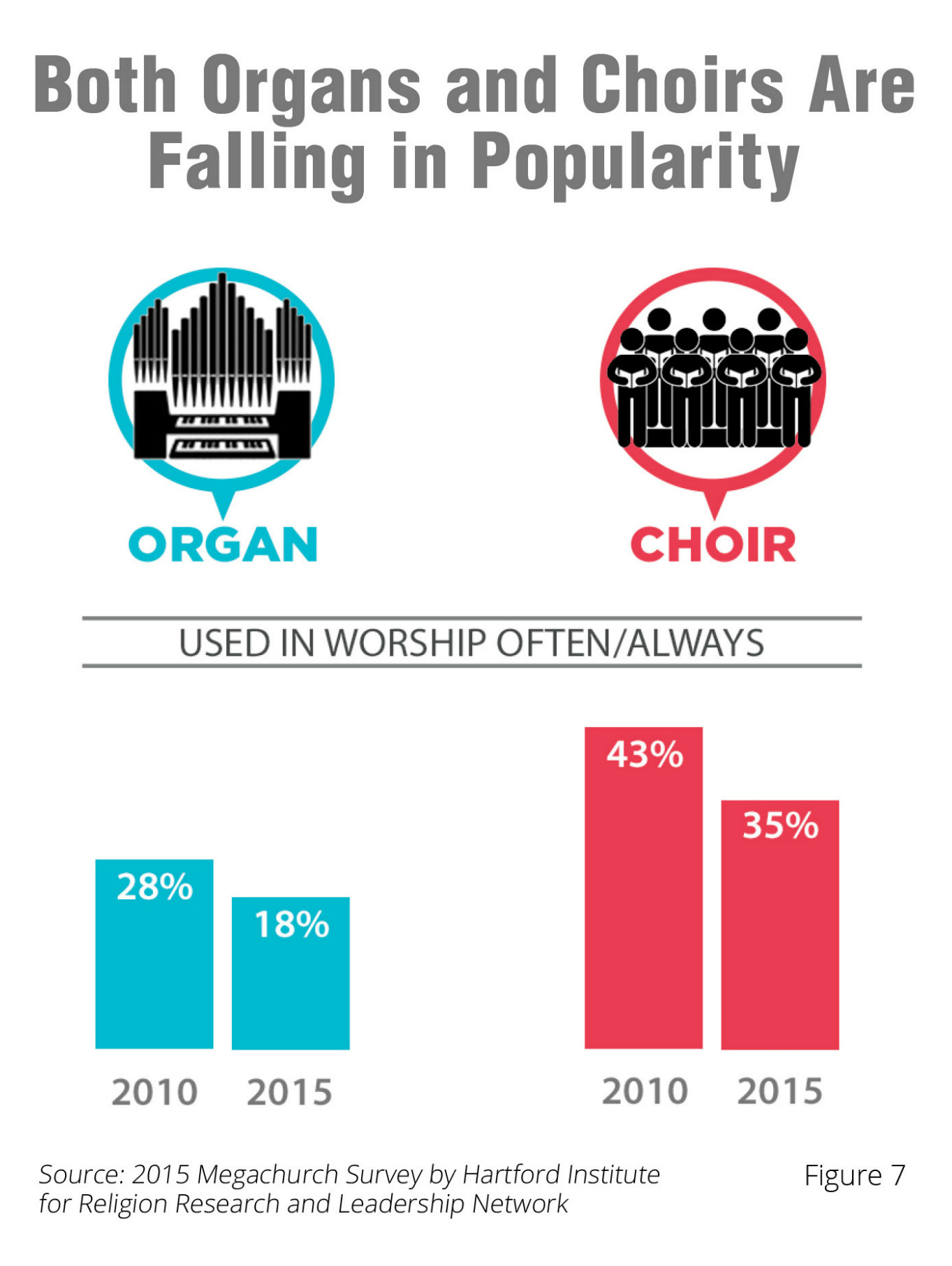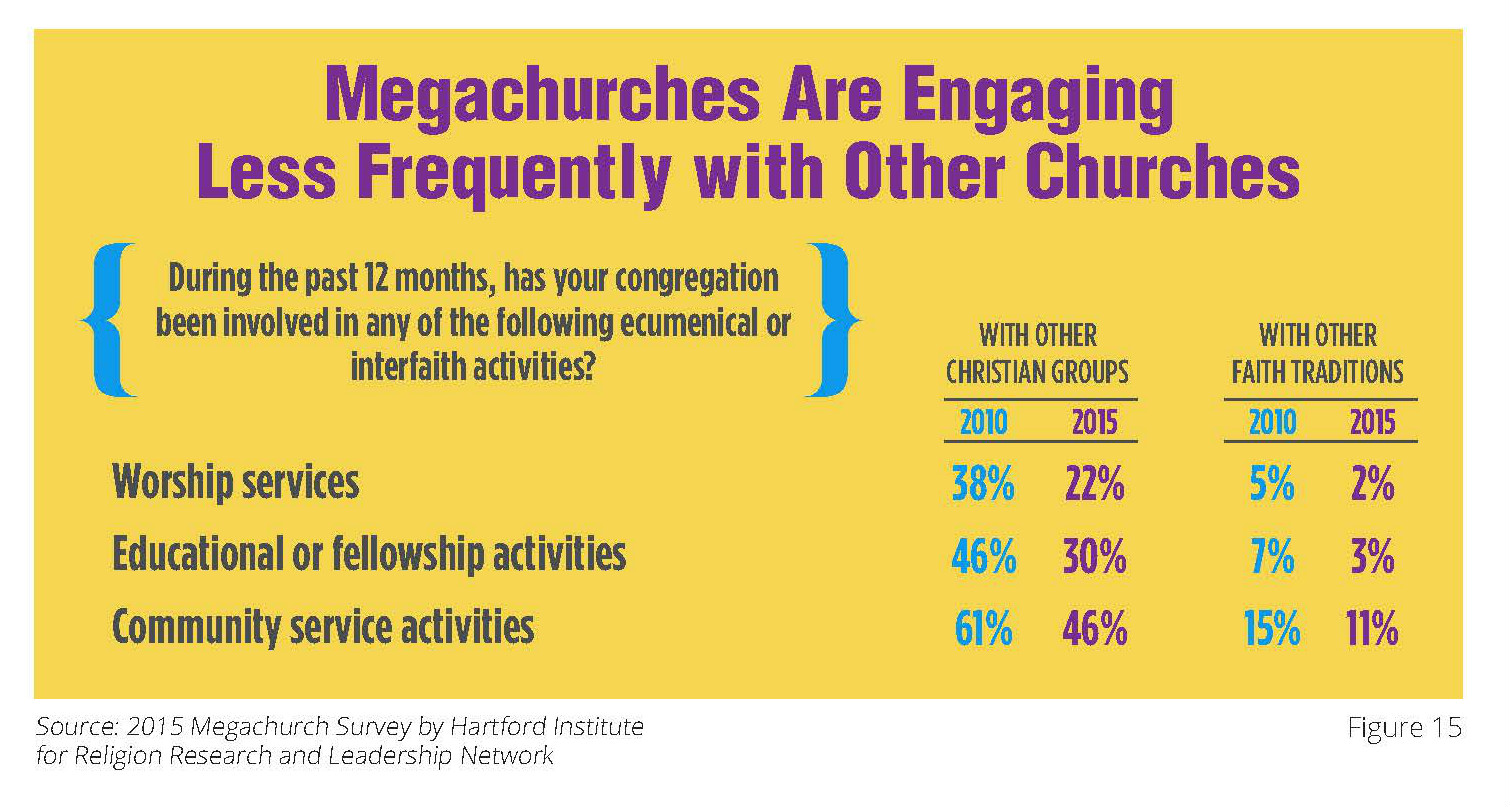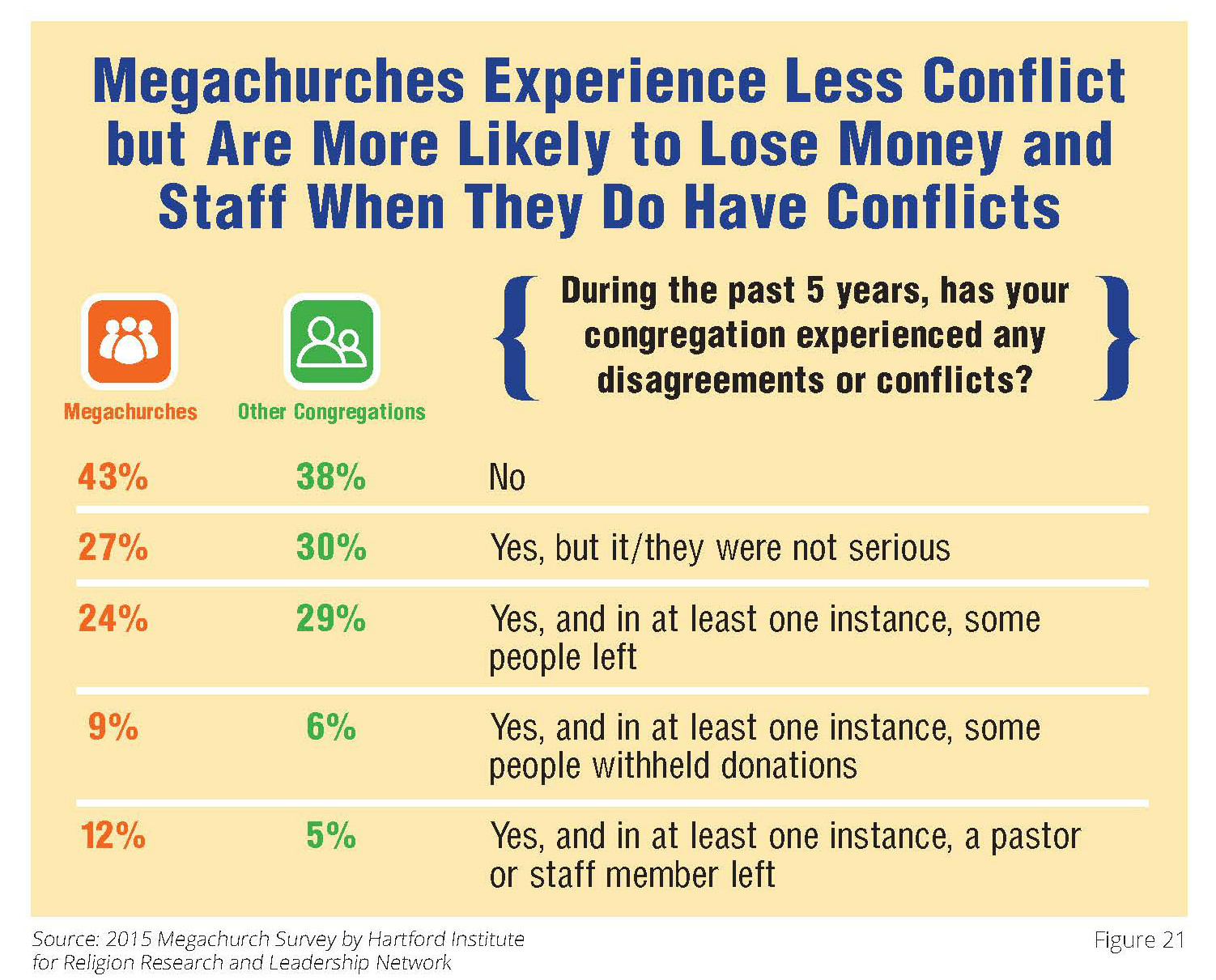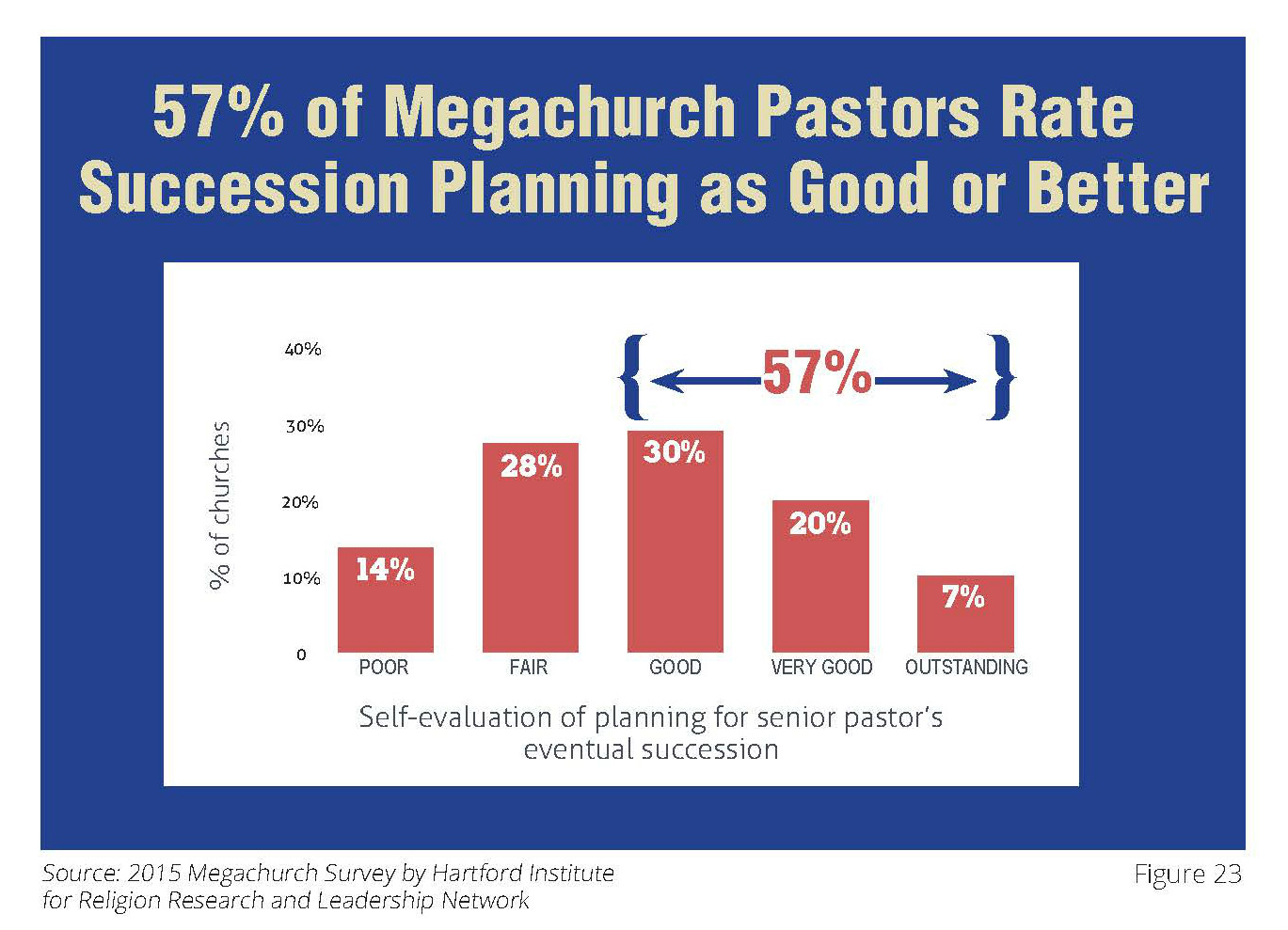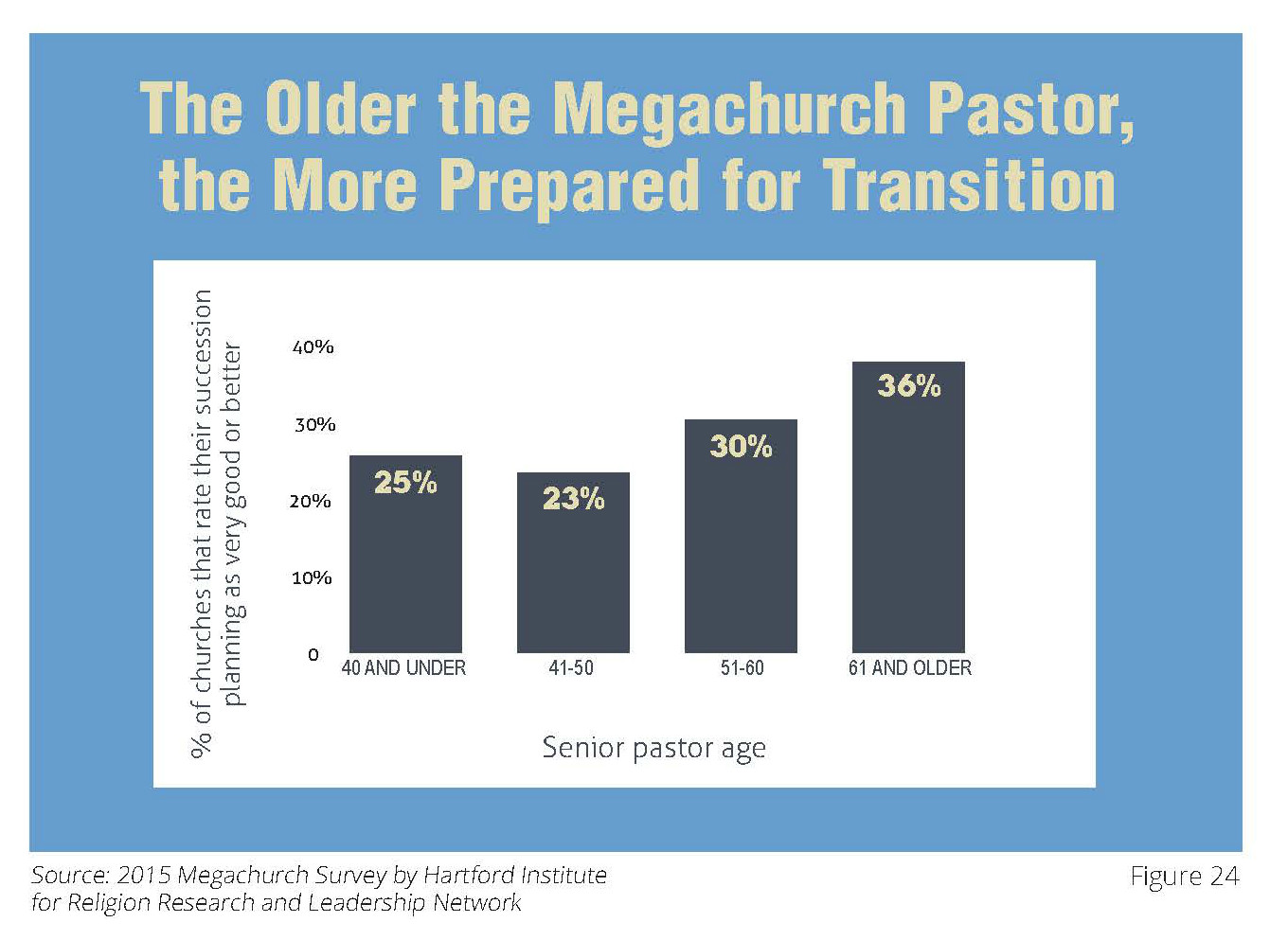Today's megachurches have fewer seats but fill them more often. They take in more money, yet giving has declined. More than ever take Communion weekly, while fewer than ever partner with other churches. They have less conflict than smaller churches, yet lose more staff and tithes when flareups occur.
These are among the many findings of the fifth national survey of America’s largest Protestant churches, released today by Leadership Network and the Hartford Institute for Religion Research.
Five years ago, the typical megachurch sanctuary had 1,500 seats for worship. Today, that figure is down to 1,200 seats.
But those seats are filling up more often—megachurches now average five services per weekend. And almost two-thirds (62%) hold meetings in multiple locations, up from 46 percent in 2010.

The survey, sponsored by The Beck Group, includes responses from more than 200 congregations with 1,800-plus attendees. While the responses were self-reported and not independently verified, the survey gives a nuanced look at the state of megachurches, said Scott Thumma, survey co-author and professor of sociology of religion at Hartford Seminary.
Many people assume that megachurches are wildly successful while small churches struggle, he said. But it’s not that simple.
“Megachurches are still vital,” said Thumma. “But even they are affected by societal and cultural changes.”
Among those cultural changes: the decline in weekly churchgoing.
In 2005, almost all (96%) of the people attending megachurches came every week, according to the researchers’ previous survey. By 2015, that figure dropped to 82 percent.
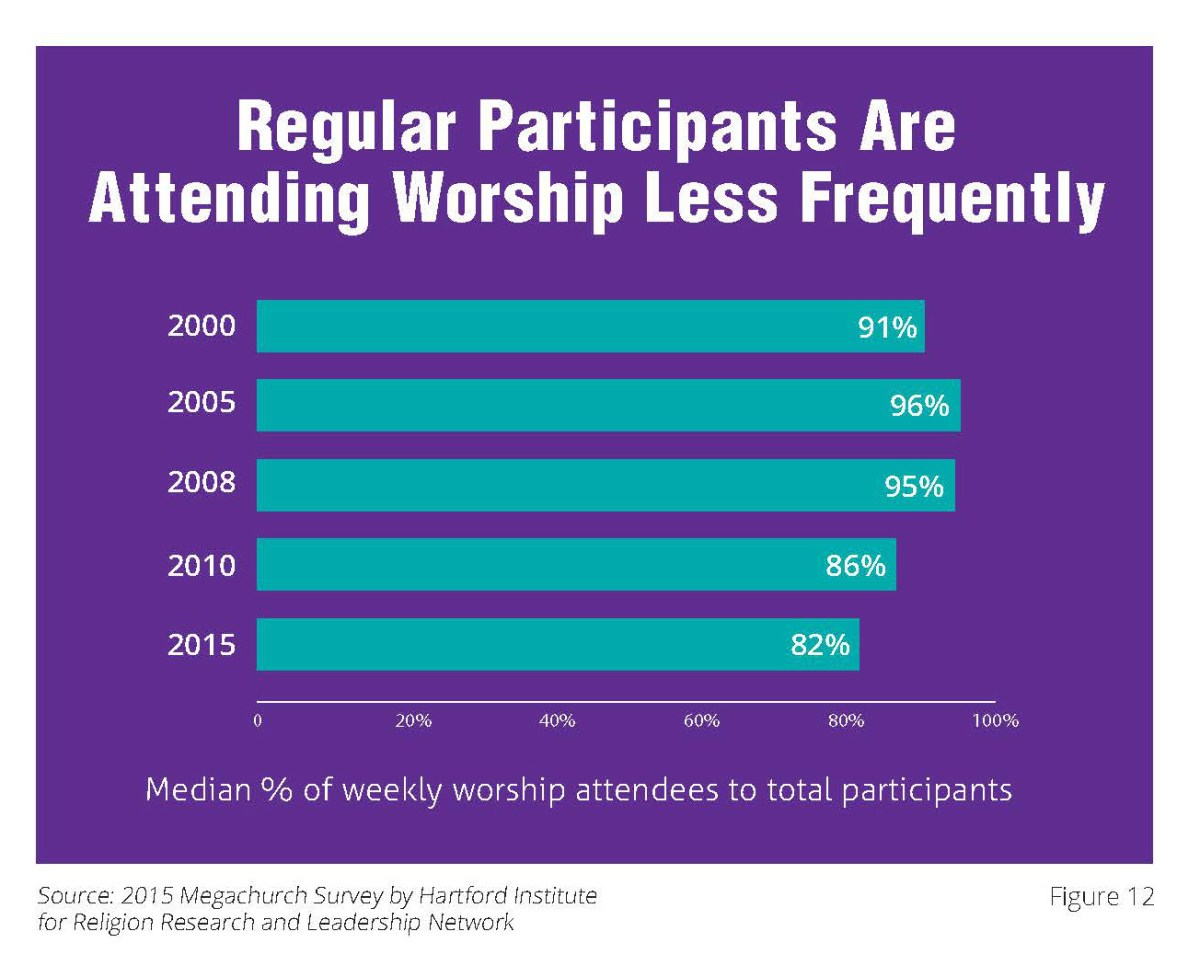
Giving has slowed as well. In 2005, megachurches reported a median income of $4.6 million. In 2015, the number grew slightly to $4.7 million. But that’s actually a decline, according to the report.
“Had they kept pace, they would currently be reporting a median of $6.5 million to maintain a commensurate giving level plus inflation,” the report said.

One driver of higher giving: greater emphasis on global missions. Congregations that claimed global missions as "our church's specialty" averaged $1,960 giving per capita, while congregations that only reported "some" emphasis on global missions averaged $1,249 giving per capita.

Yet even in the face of overall stagnant giving, megachurches believe they are healthier today than 10 years ago.
Most of the churches in the survey (88%) reported growth in attendance from 2009 to 2014. About 1 in 10 (11%) reported declines.
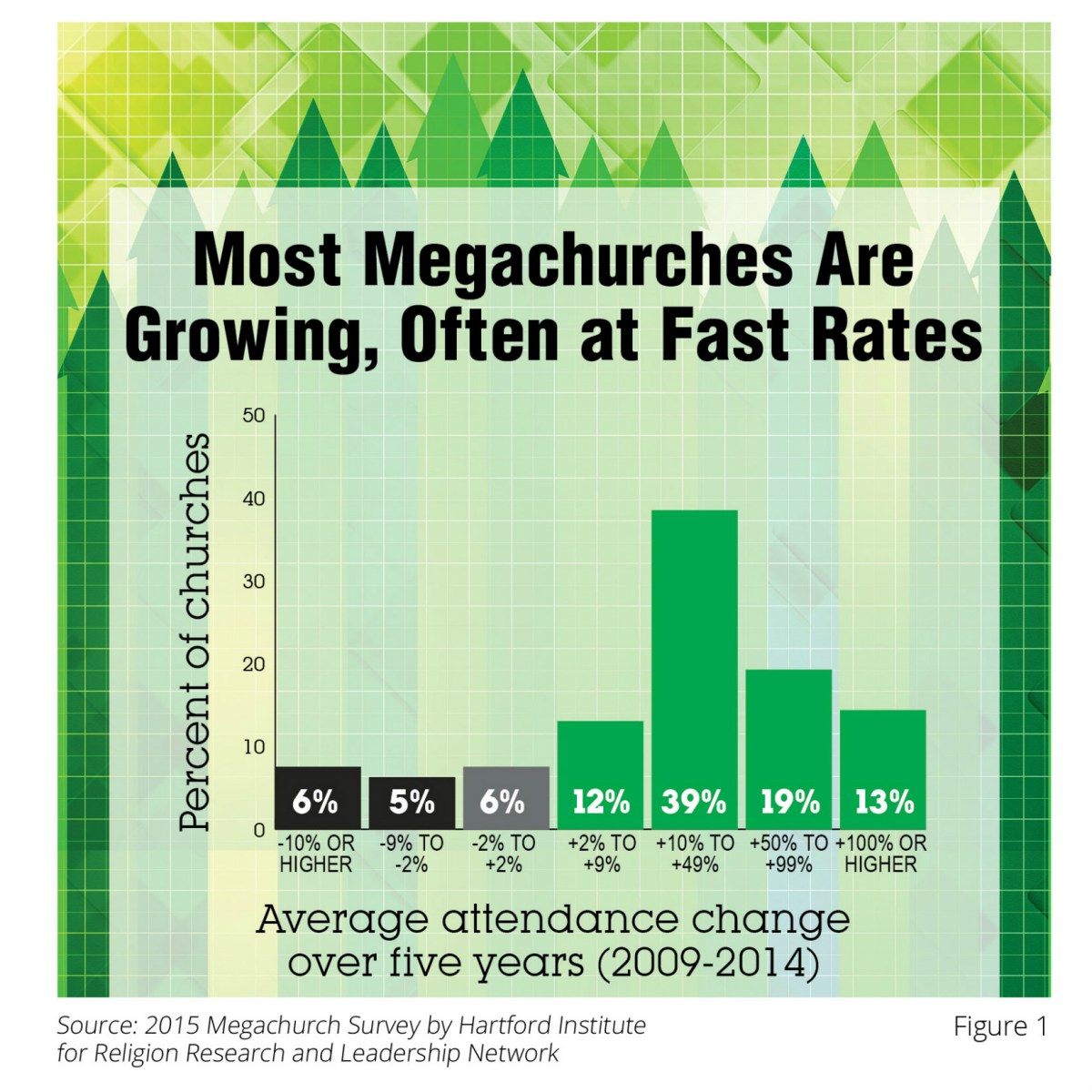
Newer megachurches—those founded since 1990—tended to grow faster than older churches, with an enormous average growth rate of 91 percent over 5 years, compared with a growth rate of 39 percent in churches founded before 1990. Younger megachurches also had more people under 35 (23%) than older churches (16%).
Unsurprisingly, those older churches tended to have more middle-aged worshipers ages 35 to 49 (44%) than newer churches (29%). Members of older churches gave more per capita ($1,865) than members of newer churches ($1,368), had a higher rate of member involvement (83% vs. 79%), and had higher average weekend worship attendance totals (3,766 vs. 3,369).

One challenge for all megachurches is how to appeal to younger people, said Thumma. That’s in part because megachurches excel at attracting married people. As a result, only about a third of younger megachurch members are single, compared with two-thirds of that age group in the national population, Thumma told CT.
Attracting young adults seems to hang on intentionality. In congregations that don’t emphasize engaging young adults, 13 percent of attendees are 18–34 years old. In congregations that make young adults a top priority, 20 percent of attendees are 18–34.


Meanwhile, innovation—long associated with megachurches—is on the decline. While more than half of churches (54%) strongly agreed that they were willing to meet new challenges in 2010, closer to one-third (37%) said the same thing in 2015.

One potential reason: older pastors, who often grew their megachurches by using innovative practices, are now more resistant to change. Only 1 in 4 churches (27%) with a pastor ages 61 or older said they would describe their worship as “innovative.” In fact, pastors in their 40s were the most likely to say “innovative” describes their worship (44%), compared with those under 40 (42%) or in their 50s (35%).


Pastor performance seems to peak once they’ve been at a church for about 15 years. Nearly all megachurches (91%) where the pastor has been in place for 15 to 19 years claim to be spiritually vital and active. Three-quarters (77%) said the church has a clear mission and vision.

Those numbers start to drop if the pastor stays longer. Only three-quarters of megachurches (74%) with a pastor in place more than 20 years said the church is spiritually vital. Less than half (43%) said the church has a clear mission and purpose.


Clarity of mission is a hallmark of megachurches: 79 percent have a clear purpose, compared with 41 percent of all congregations. More than half (51%) of those surveyed also strongly agree that their megachurch congregation is spiritually alive and vital, compared to 29 percent of all congregations.
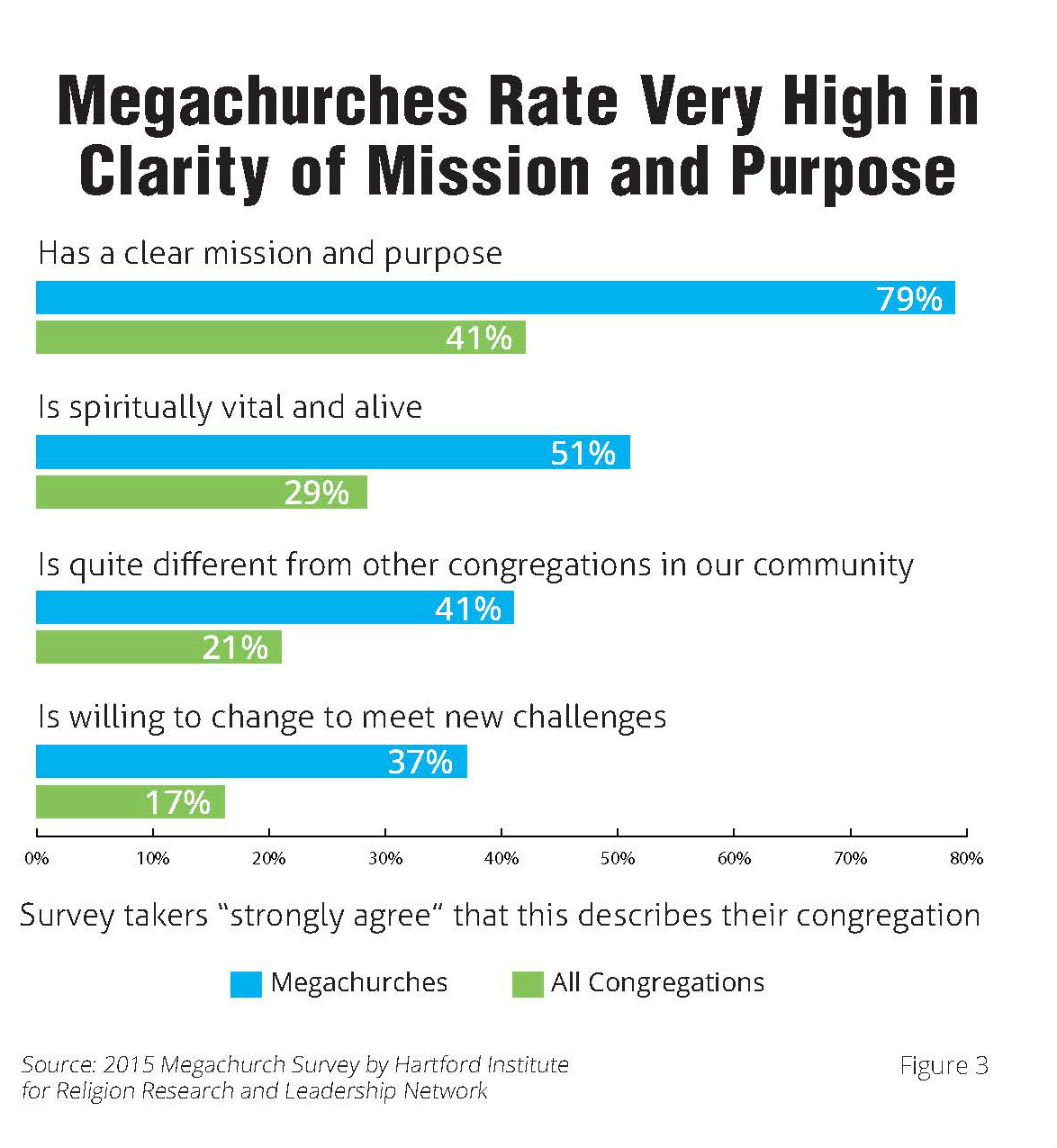
That spiritual vitality can be traced to another hallmark of megachurches: small groups. Megachurches that were strongly intentional about maximizing the number and variety of small groups reported the most activity (77% high spiritual vitality), compared with those who were unsure about small groups (37% high spiritual vitality) or were not intentional about small groups (27% high spiritual vitality).

Small groups are also a way for big churches to hold their congregations accountable, which in turn leads to greater engagement, the survey found. Churches that placed no emphasis on holding members accountable for participation and faithful living reported two-thirds of their members (64%) were actively involved. By comparison, churches that believed accountability was an important and regular practice reported nearly all of their members (96%) were actively involved.

The survey also found:
- Megachurches have a conflicted relationship with traditional worship elements. One in five (18%) feature an organ during worship, down from 28 percent in 2010. About a third (35%) have choirs, down from 43 percent in 2010. On the other hand, more megachurches took Communion during every worship service in 2015 (57%) than in 2010 (51%).
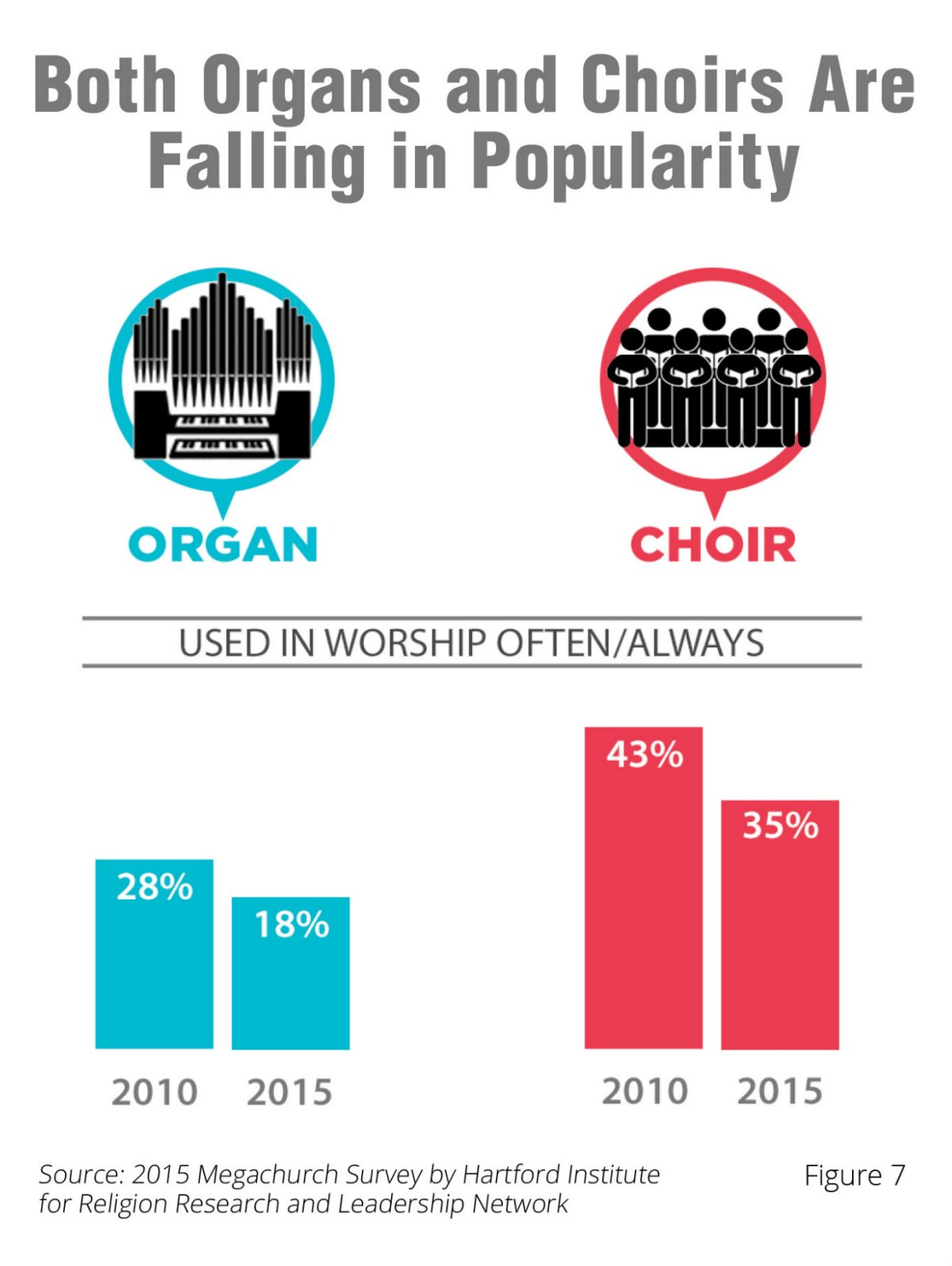
- About 22 percent of megachurches were involved in worship services with other Christian groups in the past year, compared with 38 percent in 2005. Ecumenical cooperation for educational or fellowship activities was also down (30% vs. 46%), as was ecumenical community service activities (46% vs. 61%).

- Megachurches said they were less likely to experience conflict than smaller congregations (43% vs. 38%), but are more likely to lose staff (12% vs. 5%) or donations (9% vs. 6%) when they do. Smaller congregations are reportedly more likely to lose members than megachurches (29% vs. 24%).

- More than 4 in 10 megachurch pastors (43%) said they do not have a good plan in place for succession.

